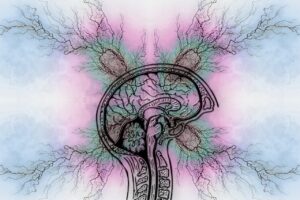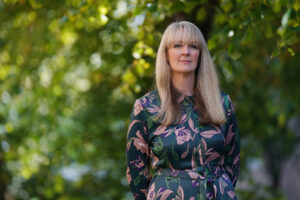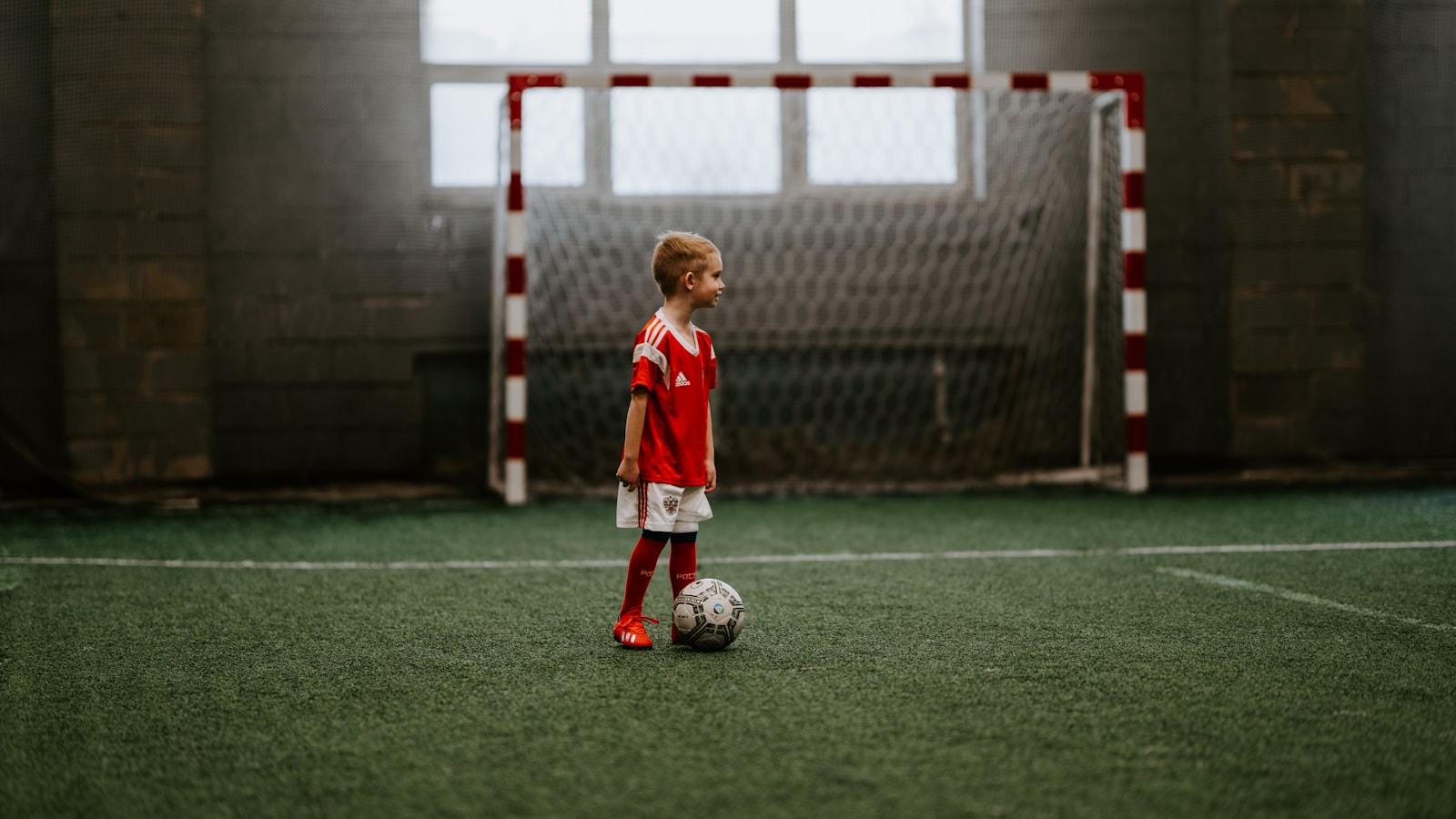Supporting youth mental health through physical activity
In aid of Mental Health Awareness Week 2024, Michael Samuel MBE, chairman for the Anna Freud Centre, discusses how community-specific physical activity approaches could improve children’s wellbeing.
This week is Mental Health Awareness Week and the theme, appropriately as we approach the sporting summer, is ‘Movement: Moving more for our mental health.’ We are becoming a less active and more unfit nation and although tackling inactivity has been high on the government agenda for some time, its close ties to poor mental health are often overlooked. With young people in the UK having greater mental health needs than ever before, movement and sporting activity have never been so important.
Despite an overall increase in funding for mental health services over the past two decades, and improved public knowledge about the subject, our services are more overwhelmed than ever. This could be fatal as figures from NHS England show one in five young people (aged five to 16) in England have a probably mental health disorder.
If left unaddressed, the struggles that young people face in their early years can lead to considerable health, social and financial problems in adulthood. Early intervention services are also severely fragmented and funding levels are falling. For example, research from Pro Bono Economics shows spending on early interventions like children’s centres and children’s support services fell by 48% between 2011 and 2020.
As Chair of Anna Freud, a leading children’s mental health charity, I am seeing the cost of inaction first hand. We recently launched our first manifesto, highlighting that we need to start thinking differently about children and young people’s mental wellbeing to close the gap in mental health.
Young people’s mental health is influenced by a complex interplay of factors and there are many interventions that can be made, but one of the best ways to reach children is through their own communities and through activities they enjoy.
Exercise is a great way to do this. It should be easily accessible and has numerous benefits for mental as well as physical health. We are a sporting nation but too many people do little or no exercise – this could be as a result of financial pressures, accessibility, and time constraints, which mean young people often opt to spent more time hooked to digital devices.
Unless action is taken to change this, we risk perpetuating a cycle of inactivity that will leave a generation of children without the wide health and wellbeing benefits of physical activity. Speaking personally, I have always loved the outdoors. I am a keen walker and find being in green spaces helps to clear my mind and reduce stress.
Although it may seem obvious to some, a lot of people are actually unaware of some of the mental health benefits of physical activity. It can help people of all ages manage stress, improve sleep, boost confidence, connect with nature, socialise, and manage symptoms of depression and anxiety, but the problem appears to be sustainability in terms of building active habits in the long term. The trick is integrating exercise with your daily life like cycling to work or joining a local football team.
Crucially, exercise is also a solution that young people want. It is encouraging that 95% of children say that they enjoy being active, however, figures published by the government show that only 20% of boys and 14% of girls meet the minimum of 60 minutes of daily physical activity recommended by UK Chief Medical Officers.
To bridge this gap, we must make physical activity as accessible as possible. We need to invest in community assets like parks and sports centres. Well maintained parks and sports centres help to build support networks for young people while bringing the double benefit of making exercise more fun and engaging.
One of the benefits of ‘movement’ being the key focus to improving people’s mental state is it’s broad nature. At Anna Freud we are currently working to create more community led interventions not only to better mental health support but to show that we recognise that each community has different needs/interests, rather than offering a blanket, one-size-fits-all approach.
So, for this year’s Mental Health Awareness Week, let’s recognise the key role that movement plays in promoting mental wellbeing for children and young people. If we can find ways to encourage young people to be more active in a way that they enjoy and suits them, we can bring about positive change for generations to come. This will not only have a positive impact on their mental health but who knows – we may even find the next Wimbledon Champion, England footballer or cricketing all-rounder whilst we’re at it.
Images: Arseny Togulev and Julia Raasch
More on mental health:

















